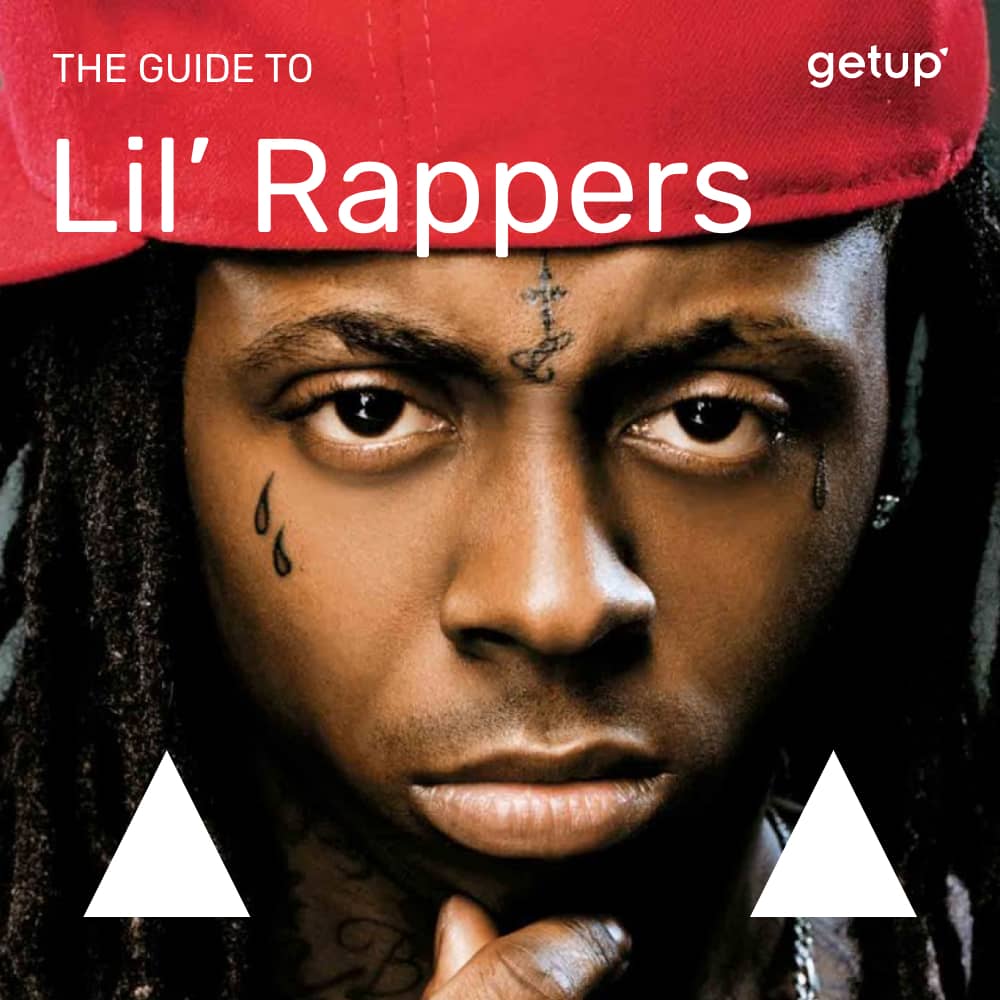Whether you like or loathe its robotic and often artificial results, autotune has made its mark in many areas of 21st century popular music, from rap to RnB, rock to pop. Launched in the autumn of 1997 by the American company Antares Audio Technologies, this software was only meant to be an error correction tool intended for sound engineers to remove false notes from a recorded voice. However, its use was soon cleverly transformed into a tool for experimentation and as a way to apply an effect on a vocal part, thus completing the panoply of effects already available for tampering with voices, such as the vocoder and the talk box.
As soon as it was released, and long before it was widely used in recording studios, the producers of the American singer Cher took it and applied the shock treatment to her song “Believe”. With more than 20 million copies sold, it became a worldwide hit, as well as the first testing ground for autotune. Artistically, the effect gave the song its uniqueness and gave Cher a new lease on life, allowing her to make yet another comeback in her 50s.
The year 2000 marked the widespread use of electronic production in rap, RnB and pop. Autotune became a trademark for certain artists, to the point of being an immediate repellent for those who saw it as cheating and covering up poor vocals. Without getting into a quarrel between old and new school ways of producing, it must be said that the fashion for autotune does create some vocal uniformity. However, the most gifted users utilize it to assert their personalities. Take T-Pain for example, the biggest autotuned star since Cher and a sort of godfather of the style. The Florida rapper has defined the essence of a style that has been copied by many in the United States.
Another American rapper, New Orleans’ Lil Wayne, uses autotune to twist his voice in all directions, using the tool as much to mess up his vocals as to clean them. And when Kanye West sinks into depression following personal tragedies he pares down his music to a minimum, favouring a TR-808 drum machine and electronic textures. As for his voice, he’s certainly indulged in autotune for a few heartbreaking ballads. This change of direction disturbed some fans but it was just part of the new school way of doing things. Young Thug, Future, Migos, Travis Scott... all the greatest rappers of the 2010s have at one time or another dared to use autotune.
Rock and pop have occasionally adopted it, from Julian Casablancas of the Strokes to Bon Iver, the Black Eyed Peas, Ke$ha, James Blake, and Kurt Wagner, singer of the Nashville Americana band Lambchop. Before producing Madonna, Frenchman Mirwais – like his compatriots Daft Punk – had been using the tool in electro music, as had Radiohead in indie-rock. Many use it to drench a song in melancholy; the digital retouching applying a coldness that, somewhat paradoxically, creates intimacy and adds a big dollop of emotion. However, that doesn’t stop most artists, of all styles, from using it for its primary purpose: to smooth out any errors in the quest for the perfect voice.





.jpg)
.jpg)